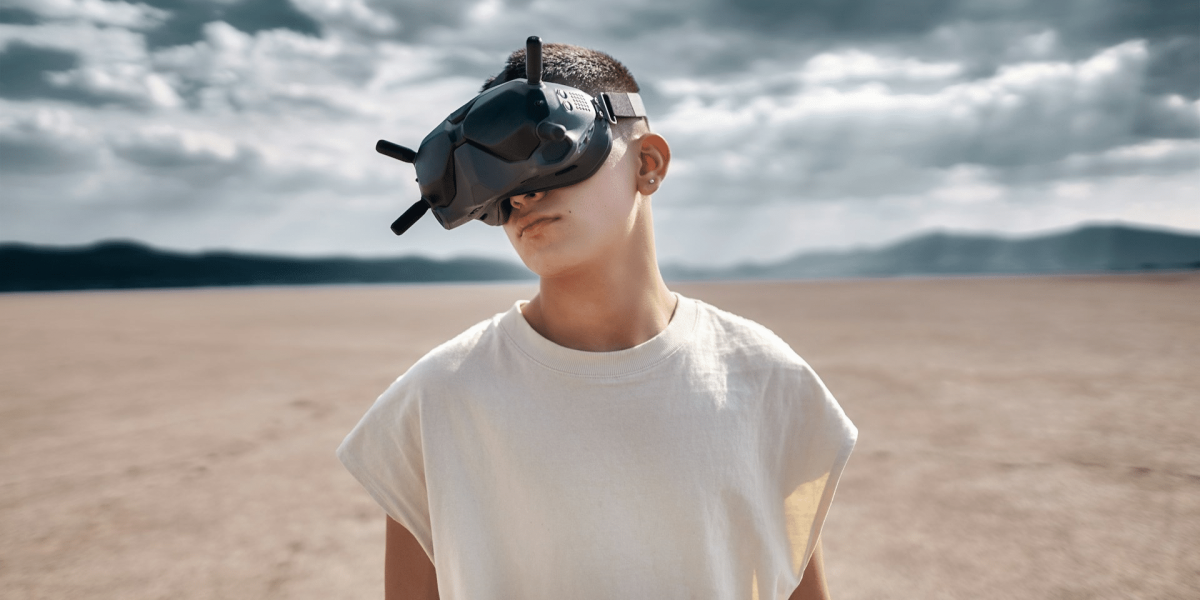In the bustling streets of New York, a new technological revolution is quietly taking shape, promising to transform the way we interact with the world around us. This revolution is known as spatial computing, and it has the potential to revolutionize industries ranging from entertainment and gaming to healthcare and urban planning. But just how frequently will we see spatial computing in New York? Let’s explore.
Understanding Spatial Computing
Before diving into its prevalence in New York, let’s first understand what spatial computing is all about. In simple terms, spatial computing refers to the use of digital technology to seamlessly blend the physical and virtual worlds. It involves the use of sensors, cameras, and other devices to understand and interact with the spatial environment in real-time, creating immersive experiences that enhance our understanding of the world.
The Emergence of Spatial Computing in New York
New York City, with its vibrant tech scene and innovative spirit, is poised to become a hotbed for spatial computing innovation. Already, we are seeing glimpses of its potential in various sectors across the city.
Entertainment and Gaming
One of the most exciting applications of spatial computing in New York is in the realm of entertainment and gaming. Imagine walking through Central Park and seeing virtual characters and creatures come to life through augmented reality. Or visiting Times Square and experiencing immersive gaming experiences that blend seamlessly with the bustling energy of the city. With the growing popularity of augmented reality (AR) and virtual reality (VR) technologies, these scenarios may soon become a reality in New York.
Healthcare and Medicine
In the field of healthcare, spatial computing holds immense promise for improving patient care and medical training. Imagine doctors using augmented reality glasses to visualize patient data and surgical procedures in real-time, or medical students practicing complex procedures in virtual operating rooms. These advancements could revolutionize the way healthcare is delivered in New York, making it more efficient, accurate, and accessible to all.
Urban Planning and Architecture
Spatial computing also has the potential to revolutionize urban planning and architecture in New York. City planners could use augmented reality tools to visualize proposed developments and infrastructure projects, allowing them to better understand their impact on the cityscape and make more informed decisions. Architects could use virtual reality simulations to design and refine buildings before they are constructed, reducing costs and improving efficiency.
The Future of Spatial Computing in New York
As technology continues to evolve and become more accessible, we can expect to see spatial computing play an increasingly prominent role in New York. From interactive art installations and immersive museum exhibits to smart city initiatives and digital navigation systems, the possibilities are endless.
Education and Training
In the field of education, spatial computing has the potential to revolutionize how students learn and interact with the world around them. Imagine a history class where students can step back in time and experience key historical events in virtual reality, or a science class where they can explore the inner workings of the human body through augmented reality. These immersive learning experiences could make education more engaging, interactive, and effective for students in New York and beyond.
Retail and Commerce
In the retail sector, spatial computing has the potential to transform the shopping experience for consumers in New York. Imagine walking down Fifth Avenue and using augmented reality glasses to try on clothes or accessories virtually before making a purchase, or visiting a virtual showroom where you can explore products in 3D and customize them to your preferences. These innovations could revolutionize the way we shop and interact with brands in New York City, making the retail experience more personalized and convenient.
Travel and Tourism
Spatial computing could also enhance the travel and tourism experience in New York City. Imagine using augmented reality glasses to navigate the city’s streets, with real-time information about landmarks, attractions, and points of interest overlaid on your field of view. Or visiting historical sites and museums and experiencing interactive exhibits that bring the city’s rich history and culture to life. These immersive experiences could make exploring New York City even more exciting and memorable for visitors from around the world.
A Tech Revolution in New York
In conclusion, spatial computing is poised to revolutionize various aspects of life in New York City, from entertainment and healthcare to urban planning and education. While the technology is still in its early stages, we can expect to see it become increasingly prevalent in the years to come, shaping the way we interact with the world around us and unlocking new possibilities for innovation and creativity. As New York continues to embrace spatial computing, the city will undoubtedly solidify its position as a global leader in technology and innovation, paving the way for a brighter and more immersive future. With its vibrant tech ecosystem and culture of innovation, New York is well-positioned to lead the way in harnessing the power of spatial computing to create a more connected, immersive, and exciting city for all.
















